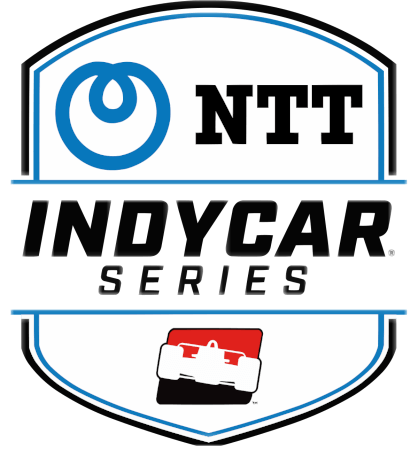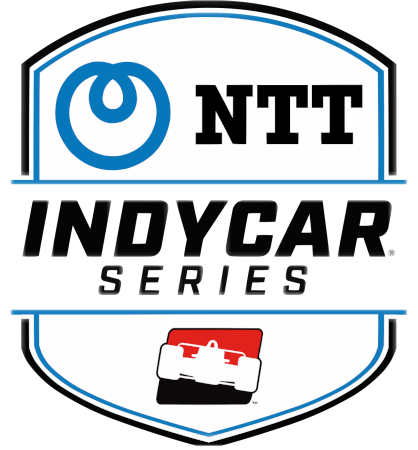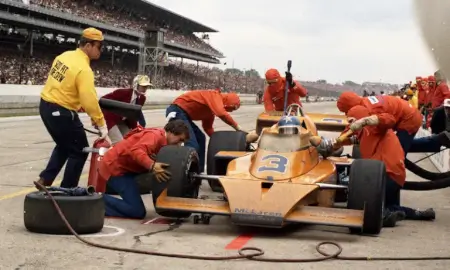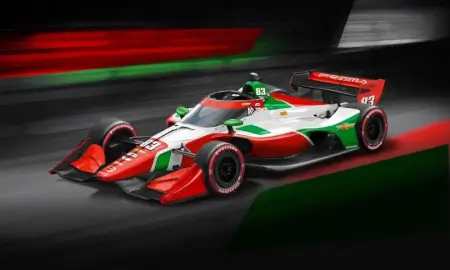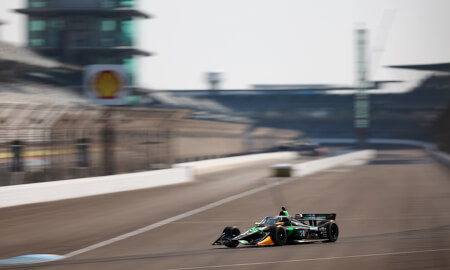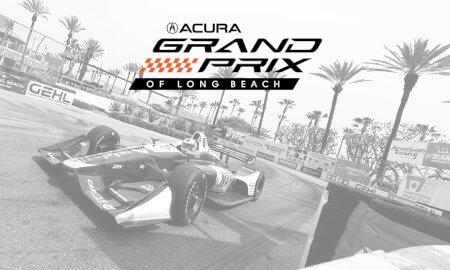December 5th 2023
Optimizing hybrid power takes priority over a new IndyCar chassis
The NTT IndyCar Series heads into 2024 with a trusted Dallara DW12 chassis that will enter its 13th season of service. The car, which has undergone multiple revisions since its introduction in 2012, is set to receive another round of significant updates to support IndyCar’s move to hybrid engines, which is a first for the series.
Although numerous drivers and a handful of team owners have called for a new chassis to be designed and introduced to make the most out of the hybrid package, Dallara’s soon-to-be teenage IndyCar model is under no threat of being replaced.
“I would say that we are entirely focused on the hybrid and getting that on the track and having it be additive for our racing, improving the quality of the racing, increasing the chances of us finding the third OEM that we’d like to find and bring in. Those are the things right in front of us,” Penske Entertainment CEO Mark Miles told RACER.
“I don’t think a new chassis is going to get in front of that line at this point. When it might become relevant, I don’t know.”
“I don’t think a new chassis is going to get in front of that line at this point. When it might become relevant, I don’t know.”
Since 2022, Formula 1 and NASCAR have brought new formulas to the forefront of their series and IMSA, with its new GTP cars, saw a significant rise in popularity thanks to its marquee hybrid models in 2023.
At the other end of the spectrum, IndyCar will headline next year’s Long Beach Grand Prix, where the Historic Motor Sports Association will also be on the schedule featuring a field of vintage Indy cars. With most vintage racing organizations requiring cars to be a minimum of 10 years old before they’re allowed to compete in their retro races, IndyCar team owners will face the unique prospect of being able to enter their DW12s in the feature IndyCar race and HMSA’s vintage IndyCar races on the streets of Long Beach.
For now, the series hopes the marriage of its 2.2-liter turbocharged V6 engines from Chevrolet and Honda — a formula that debuted in 2012 with the DW12 — and the new energy recovery systems will deliver similar television ratings and audience gains to those produced by its rivals with more modern machinery.
“We have great racing. We have fan metrics increasing. We think there’s some fan relevance to improving the racing through the hybrid that we’re working on,” Miles said. “And we want to get all that done and behind us before we start thinking about what else might be new.”
More than any other motivation, IndyCar’s move to hybrid engines was done to entice additional auto manufacturers to join the series and supply engines alongside Chevy and Honda. Next year will mark IndyCar’s 12th consecutive season with two auto brands — original equipment manufacturers — sharing the entire field; both openly court and crave the arrival of a third OEM.
“I think that we’re not likely to see the third OEM happen until we get the hybrid on the track and people see what it does for us,” Miles explained. “And then I think it does some great things. The technology itself is interesting. It was a real development; it’s not some kind of hybrid motor off the shelf. Huge kudos to both Ilmor/GM and Honda for their hands-on work to develop this technology with us.
“Two, it’s more horsepower and more exciting racing, even more passing; it offers that opportunity. And three, if you were the next prospective OEM coming in, you look at Honda and Chevy as having a whole lot of experience. So a change like this may create a reset opportunity that would encourage a third OEM to join us. We’ll see.”
For more information: www.racer.com
For more information: www.racer.com
